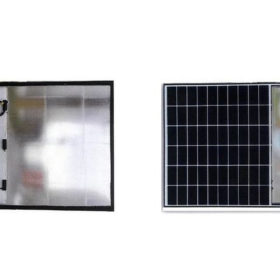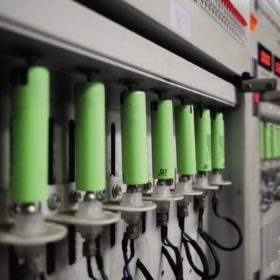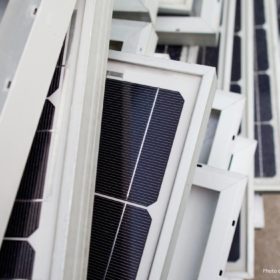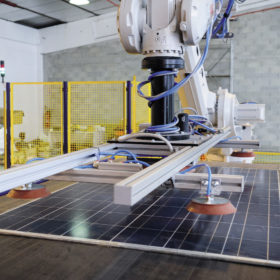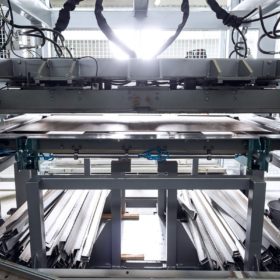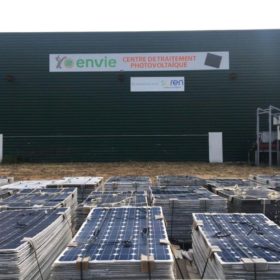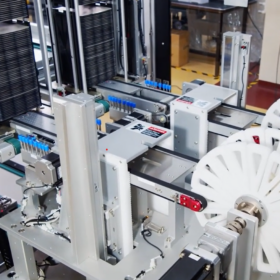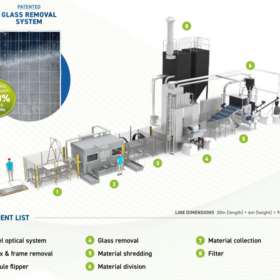Water jet tech to recover glass from end-of-life solar panels
Japan’s Shintora Kosan has developed a novel water jet technology to recover glass from end-of-life PV modules. It says it can pulverize the solar cells and the backsheets without damaging the glass.
EV manufacturers’ wishlist for Union Budget 2023–24
Electric vehicle (EV) and component manufacturers seek a uniform 5% goods and service tax (GST) for all EV spare parts. They also want the scrapping of import duty on lithium-ion battery cells and policy support for battery recycling.
ACE Green to set up lithium battery recycling plants in India
US-based ACE Green is setting up lithium battery recycling plants in Uttar Pradesh and Gujarat, where it will use a zero-waste hydrometallurgical recycling process to extract valuable materials from dead batteries.
Itochu to start recycling solar modules
Japan’s Itochu has announced a new tie-up with France’s Rosi Solar, which develops tech to recover and recycle high-purity silver, copper and silicon from solar modules.
Attero to invest $72.4 million in setting up ‘world’s most advanced’ Li-ion battery recycling plant in Telangana
The company already has a state-of-the-art lithium battery recycling plant in Roorkee, Uttarakhand, with a recovery efficiency of more than 98% across various battery materials. It said the new plant in Telangana will increase its Li-ion battery recycling capacity to 19,500 MT by the end of 2023 from the current 4,500 MT.
Disrupting the ‘Li-ion battery waste to value creation’ market
Bengaluru-based Metastable Materials has developed a 100% chemical-free process for extracting metals out of scrap Li-ion batteries. It has set up an ‘Urban Mining Unit’ on the outskirts of Bengaluru, which is capable of processing up to 1,500 tonnes of dead batteries per annum. This unit will start production early next year. Shubham Vishvakarma, founder and chief of process engineering at Metastable Materials, speaks to pv magazine about the role of urban mining in meeting India’s electric mobility ambitions and the advantages of the process developed by them.
Recycling key to solar sustainability
A new study of the environmental impacts of renewable energy finds significant opportunities for solar to reduce its impacts in various categories, including human health, resource depletion, and environmental damage. The study notes in particular that more work is needed to establish a comprehensive reuse and recycling network for end-of-life PV products.
New industrial plant concept for end-of-life PV panel recycling
Italian startup Tialpi is developing a process to recycle end-of-life solar panels that promises to recover 100% of a PV module’s weight. The new plant design is currently being tested at the company’s facility in the Italian northern province of Biella.
Metastable Materials commissions chemical-free recycling unit for dead lithium batteries
The Indian startup has opened a lithium battery recycling unit in Bengaluru that deploys a chemical-free process for metal extraction. The facility has the capacity to process 1,500 tonnes of dead batteries per year.
French consortium commissions solar module recycling facility
Soren and Envie 2E Aquitaine have inaugurated a new solar module recycling facility in Saint-Loubès, France.
